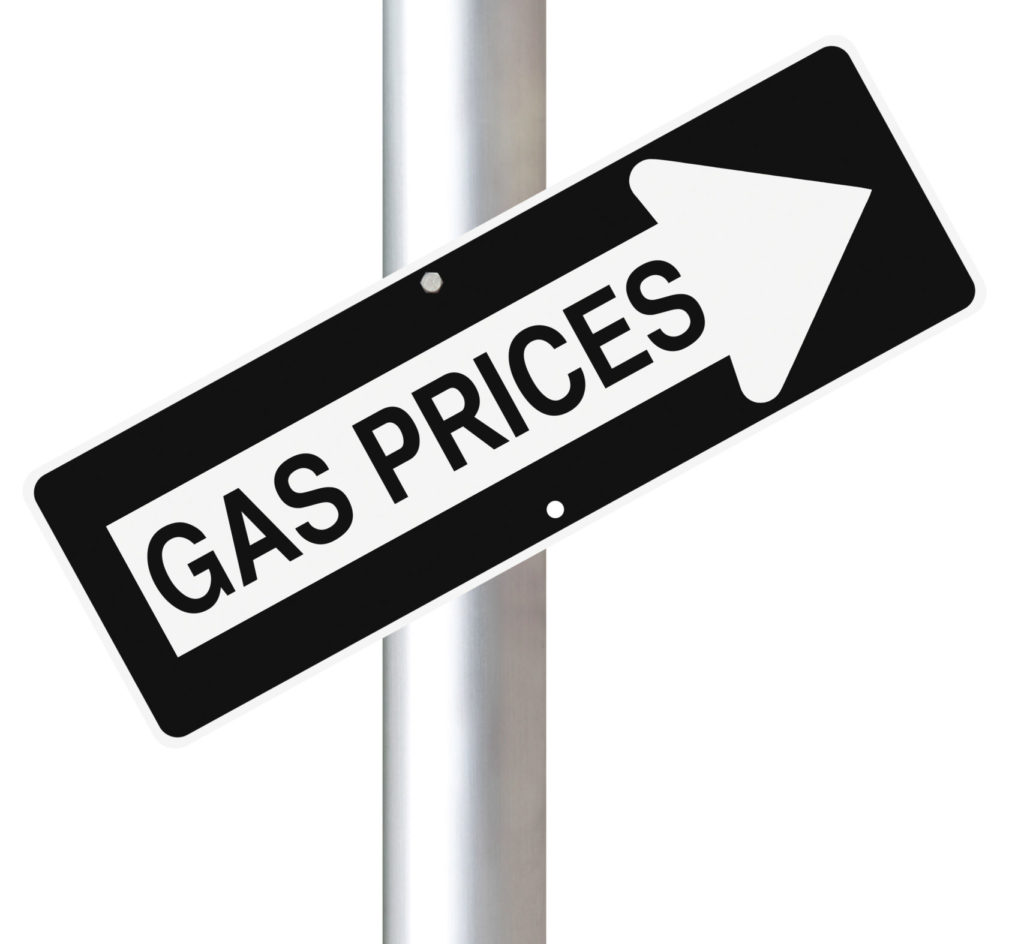
Gas and LNG prices rise as Russian exports become increasingly unpopular. UK and Lithuania close ports to Russian LNG and Germany sets aside $1.7 Billion to purchase non-Russian
Global consumers are shunning Russian gas and LNG in response to the continuing war in Ukraine, pushing prices higher as short-term energy security and reliability take precedence over energy transition prioritize.
In line with increasing market panic, the TTF began the day testing the 200 EUR /MWh level ($67/Mmbtu) threshold, though at the time of writing prices had calmed somewhat to $54/Mmbtu.
Coal prices have also surged by 81% since March 1 as countries look for alternative power generation fuels.
Despite the rising anti-Russian gas sentiment, day on day flows from Russia are largely unchanged.
Export infrastructure through Ukraine remains intact, though airstrikes have damaged some city gas infrastructure near Kharkiv.
Fundamental drivers have by now taken a back seat in driving prices.
Norwegian gas exports are stable at around 347 MCMD giving the market one less thing to worry about.
LNG import figures are concerning, however with regas utilization (30-day moving average) in the UK has dropped from 81% in early February to around 54% at the time of writing.
Lithuania has banned Russian LNG from its terminals, and similar measures are under consideration in other EU countries. Lithuania had imported 0.32 Million tonnes from Russia in 2021, making up 26.4% of its 1.2 Million tonne LNG import.
That said, the arbitrage signal for marginal cargoes in the Atlantic is heavily slanted to Europe, as Asian buyers may be unwilling to replicate the price surge on the TTF beyond a notional $50/Mmbtu.
For Europe, prices materially above this level may trigger further industrial demand destruction, and it is unclear how much momentum the bullish sentiment has left.
Storage levels are on track to end the winter season at around 23% of notional capacity, higher than the 20.5% of capacity represented by the 5-year minimum. However, this is at risk if the winter extends uncharacteristically, which appears somewhat likely after temperature forecasts were revised down overnight.
Coal prices are also surging – the API 2 contract is up 81% from March 1 , driven by a combination of railing constraints in Russia, and traders rushing to reduce exposure to Russian coal to mitigate the looming risk of further sanctions.
Asian coal prices have followed suit due to potential demand for Asia-Pacific Basin coal to replace Russian supplies amidst an already regional market.
This sentiment appears to be catching on the LNG community as well, with traders pre-empting further sanctions hesitant to commit to purchases of Russian LNG cargos.
In the latest indication of the invasion having upended energy transition efforts in Western Europe, Germany has set aside $1.7 Billion to purchase LNG from outside Russia as part of its energy supply diversification plans, indicating that countries may prioritize energy security over emissions concerns in the near term.




